An AI-powered robot named Emo watches people’s facial expressions and tries to match them, in an effort to make robots more relatable.
By Alex Wilkins
An AI-powered robot named Emo watches people’s facial expressions and tries to match them, in an effort to make robots more relatable.
By Alex Wilkins
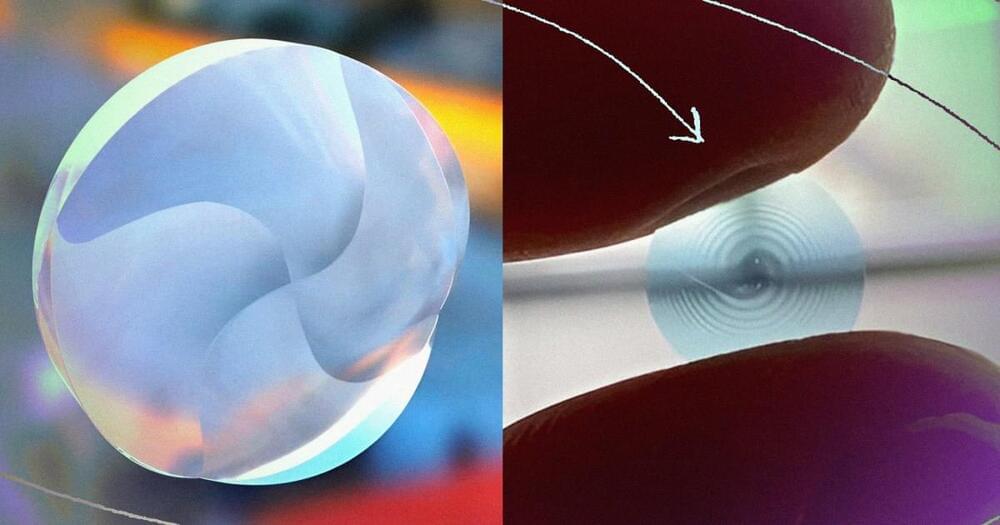
Would you wear this? Researchers just revealed a “spiral diopter” contact lens that has multiple focus points, allowing the user to to see clearly at multiple distances. Here’s what volunteers said when they tried it:
New spiral-shaped multifocal lenses bend light in a way that corrects problems seeing up close and far away, even in poor lighting.
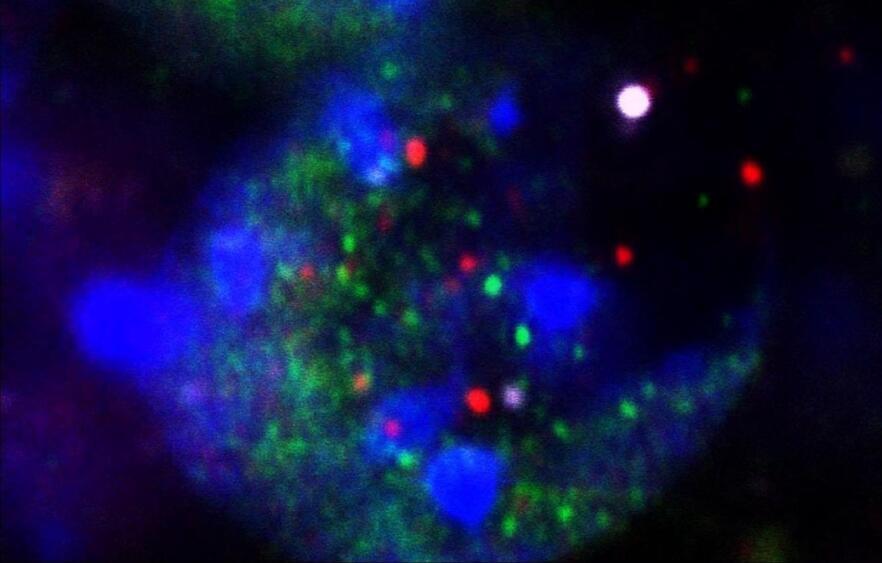
March 27, 2024—(BRONX, NY)— Just as you can’t make an omelet without breaking eggs, scientists at Albert Einstein College of Medicine have found that you can’t make long-term memories without DNA damage and brain inflammation. Their surprising findings were published online today in the journal Nature.
“Inflammation of brain neurons is usually considered to be a bad thing, since it can lead to neurological problems such as Alzheimer’s and Parkinson’s disease,” said study leader Jelena Radulovic, M.D., Ph.D., professor in the Dominick P. Purpura Department of Neuroscience, professor of psychiatry and behavioral sciences, and the Sylvia and Robert S. Olnick Chair in Neuroscience at Einstein. “But our findings suggest that inflammation in certain neurons in the brain’s hippocampal region is essential for making long-lasting memories.”
The hippocampus has long been known as the brain’s memory center. Dr. Radulovic and her colleagues found that a stimulus sets off a cycle of DNA damage and repair within certain hippocampal neurons that leads to stable memory assemblies—clusters of brain cells that represent our past experiences. Elizabeth Wood, a Ph.D. student, and Ana Cicvaric, a postdoc in the Radulovic lab, were the study’s first authors at Einstein.

Intestinal stem cells (ISCs) drive the rapid regeneration of the gut epithelium to maintain organismal homeostasis. Aging, however, significantly reduces intestinal regenerative capacity. While cellular senescence is a key feature of the aging process, little is known about the in vivo effects of senescent cells on intestinal fitness. Here, we identify the accumulation of senescent cells in the aging gut and, by harnessing senolytic CAR T cells to eliminate them, we uncover their detrimental impact on epithelial integrity and overall intestinal homeostasis in natural aging, injury and colitis. Ablation of intestinal senescent cells with senolytic CAR T cells in vivo or in vitro is sufficient to promote the regenerative potential of aged ISCs. This intervention improves epithelial integrity and mucosal immune function. Overall, these results highlight the ability of senolytic CAR T cells to rejuvenate the intestinal niche and demonstrate the potential of targeted cell therapies to promote tissue regeneration in aging organisms.
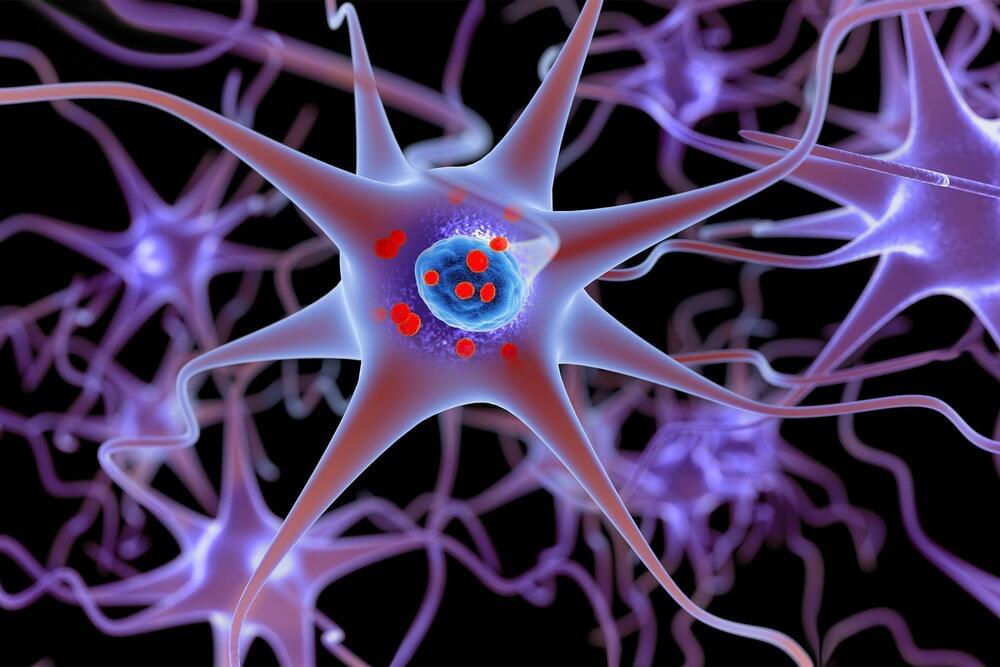
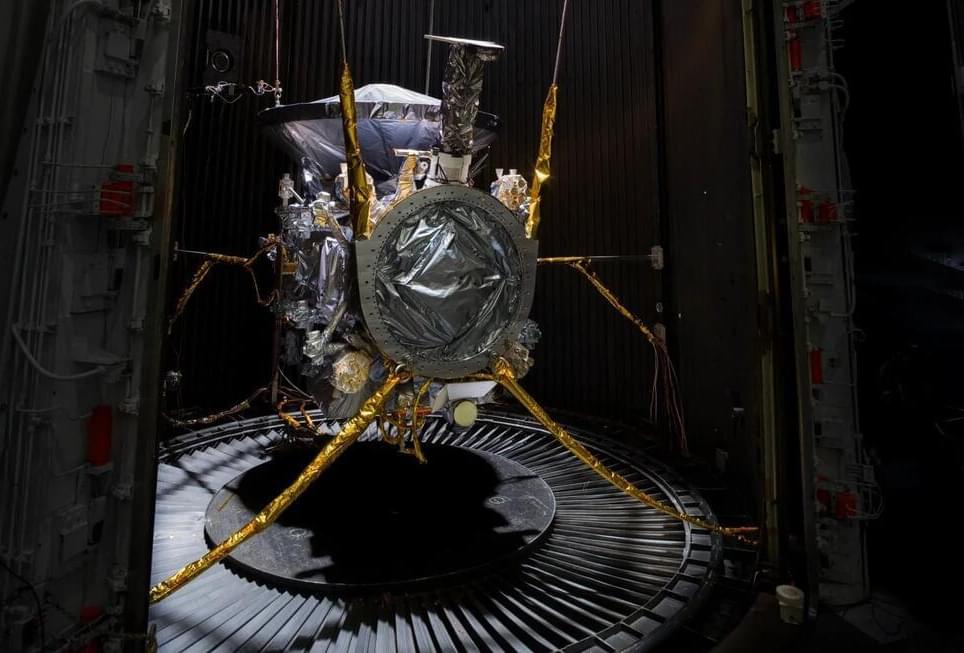
“There still is work to be done, but we’re on track for an on-time launch,” said Europa Clipper Project Manager, Jordan Evans. “And the fact that this testing was so successful is a huge positive and helps us rest more easily.”
Like all spacecraft leading up to their launch date, NASA’s Europa Clipper has been undergoing rigorous tests and checkouts to ensure all systems are functioning properly, with NASA engineers recently subjecting the bus-sized orbiter to extreme environmental testing over a 16-day period to ensure the spacecraft can withstand the harsh conditions it will face during its 4-year science mission to the small, ocean world. These harsh conditions not only include the vacuum of space, but also electromagnetic radiation since it will be flying through Jupiter’s massive and powerful magnetic field throughout its mission.
“These were the last big tests to find any flaws,” said Jordan Evans, who is the Europa Clipper Project Manager at the NASA Jet Propulsion Laboratory (JPL). “Our engineers executed a well-designed and challenging set of tests that put the system through its paces. What we found is that the spacecraft can handle the environments that it will see during and after launch. The system performed very well and operates as expected.”
The tests included putting Europa Clipper into NASA’s well-known thermal vacuum chamber (TVAC), more commonly known as the 25-foot Space Simulator, where engineers not only removed all the air in the chamber but reduced the temperatures to ensure Europa Clipper’s hundreds of heating sensors could keep the spacecraft warm enough to function properly. Additionally, the engineers performed checkouts of Clipper’s electrical and magnetic systems, vibrations, sounds, and shock tests, essentially performing an entire shakedown of Europa Clipper prior to its delivery for launch later this spring.

Gravitons, the particles thought to carry gravity, have never been seen in space – but something very similar has been detected in a semiconductor.
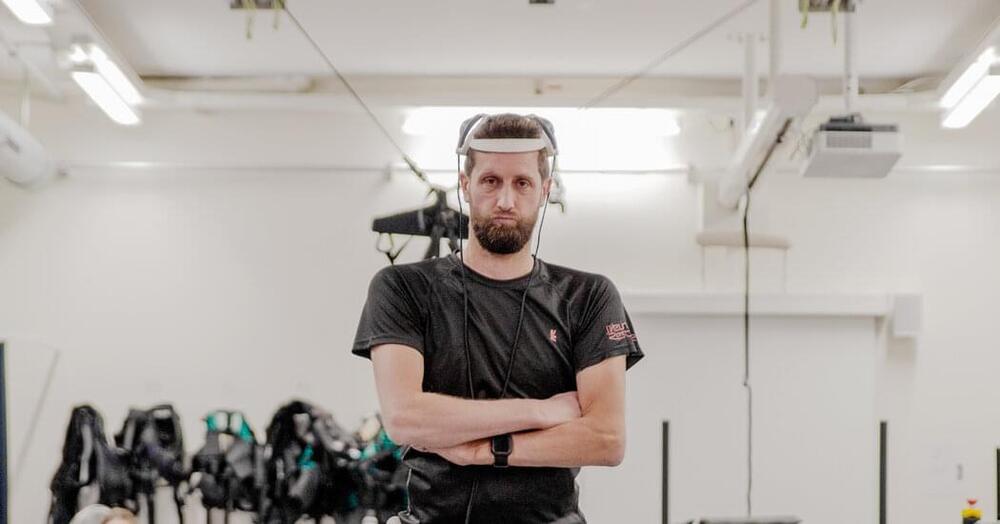

In an alarming exposé, several women have come forward accusing neuroscientist and celebrated podcaster Andrew Huberman of manipulation, bizarre behavior, and infidelity that may have led to a sexually transmitted infection in at least one of them.
Published by New York Magazine, this deep dive into the disparate public and private lives of the Stanford University neuroscientist illustrates a jarring portrait of a man who promotes physical and mental health and wellness — but engaged in bizarre interpersonal behavior, including secretly dating five women simultaneously.
Much of the story centers around a woman whom NYMag calls Sarah, who spent years dating the “Huberman Lab” host in what she believed to be an exclusive relationship. Along with accusing the 48-year-old podcaster of obfuscating about his other relationships, Sarah described Huberman as being intense and controlling, including — in a particularly unhinged twist — constantly relitigating her romantic and reproductive decisions from back before they were together.
The legendary science fiction writer shares his thoughts on the future of medicine, communications and more.
(From \